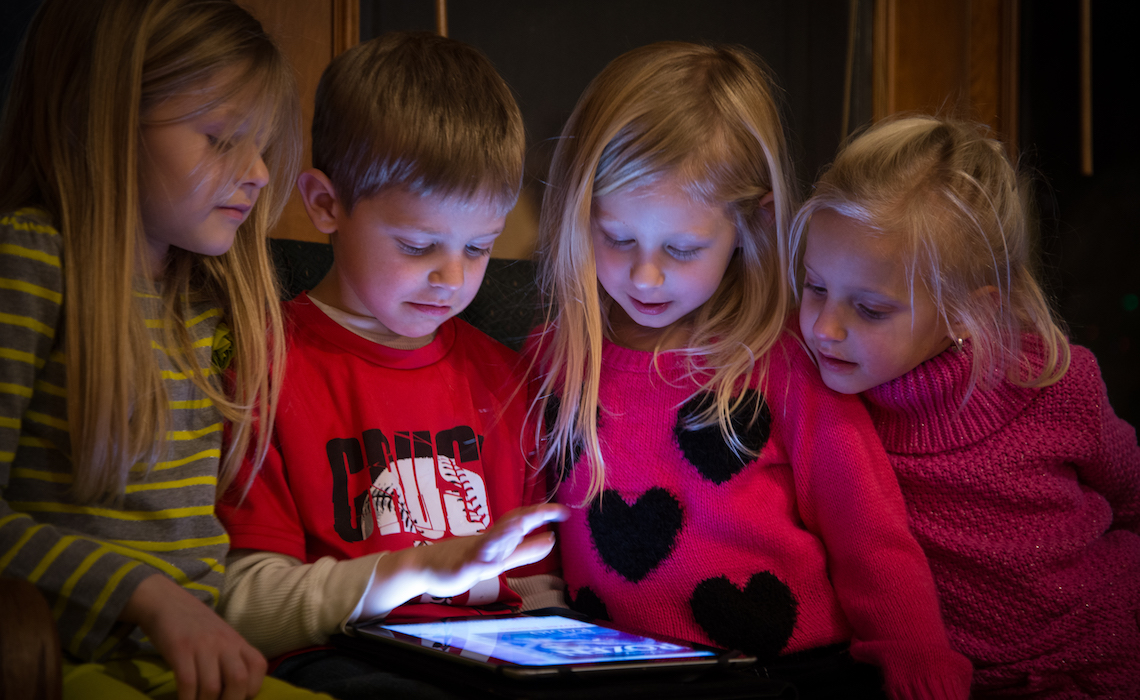Table of Contents Show
We are all familiar with the social media platform YouTube. (Yes, YouTube is a social media platform). Some of us use it more than others. It’s the place we might go to for DIYs or tutorials or, more recently, original tv shows. Founded in 2005, YouTube has been around for quite some time now, seemingly gaining more and more popularity with each year. Due to this increasing popularity, it could be argued that YouTube is becoming the new Netflix.
YouTube’s Popularity With The Younger Generation
Working with seventh graders, I see firsthand what they believe to be “popular” or “cool.” This changes daily, depending on the people they follow and what they tell them. Younger children, especially at this age, are influenced so much easier than even slightly older students, maybe in high school. They are at the age where they are absorbing all the information around them like a sponge. If someone they admire or like tells them something is “cool,” then they’re going to think it is “cool” too because that’s what they were told. They look up to some of these YouTubers as role models.

My students and millions of students around the world are turning to YouTube more to be entertained or to look for role models. It’s not surprising that they are either. YouTube is easy to navigate: you can search for anything in the search box, similar to Google, you can leave comments on most videos about whatever you please, and you can respond to anyone’s comments, either agreeing or disagreeing with their point. It’s not hard to see why YouTube is becoming more and more popular, especially in the younger generation.
What Are The Similarities Between YouTube & Netflix?
Although definitely not the same thing, YouTube and Netflix share many similarities. They both are streaming platforms where you can go to watch things and be entertained. Both, now, are home to different genres of TV shows and are easily accessible with a stable internet connection or cellular data. Both have apps that you can download and therefore watch on your phone. Finally, both take note of what you watch and compile lists or recommendations of other shows or videos that you might enjoy based on what you have already watched.

Whereas Netflix has the cost of a monthly subscription, YouTube is mostly free. You can choose to upgrade to YouTube Premium, which also has a monthly cost and gives you access to some of the original YouTube TV shows. However, this isn’t required. You can watch a lot of other things on YouTube for free. While YouTube has a comment section for each video, Netflix employs a feature called Netflix Party. Netflix Party allows users to communicate live while watching a show or movie together whereas the YouTube comments section allows users to leave a comment on a video and have others like or respond to their comments hours, days, months, or even years after they leave a comment. Netflix Party allows for a more immediate conversation while this remains harder on YouTube.
Is One Really Better Than The Other?
We’ve discussed YouTube’s popularity. We’ve also discussed its similarities and differences with Netflix. Now only one question remains: Is one really better than the other? While Netflix allows users to delve deep into a series or movie, YouTube allows watchers the luxury of choosing how long they want their video to be. Videos on YouTube range from seconds to hours long. The watcher is free to pick a video however long or short as they please.

This could also be a reason why YouTube is steadily becoming more and more popular. It allows watchers to watch something short without a sense of commitment. Sometimes, we don’t want to or don’t have the time to sit through a whole 40-minute episode of a TV show. We need something short to only watch when we’re eating. YouTube gives us that freedom. We can choose to watch a video about literally anything, and if we don’t finish it, then no problem. We won’t have to know what happens next.
We can rest easy knowing that we aren’t missing some big reveal or big resolution. YouTube allows the luxury of watching something or someone without worrying about coming back to finish the episode. Although there are pros and cons to both, it’s hard to say whether one is better than the other. Both continue to entertain its users and keep them coming back. Both are constantly updating their services with new content to try to keep their watchers engaged and coming back. Both work hard to uphold their success. For this reason, it seems likely that both will continue to have success in the future.
